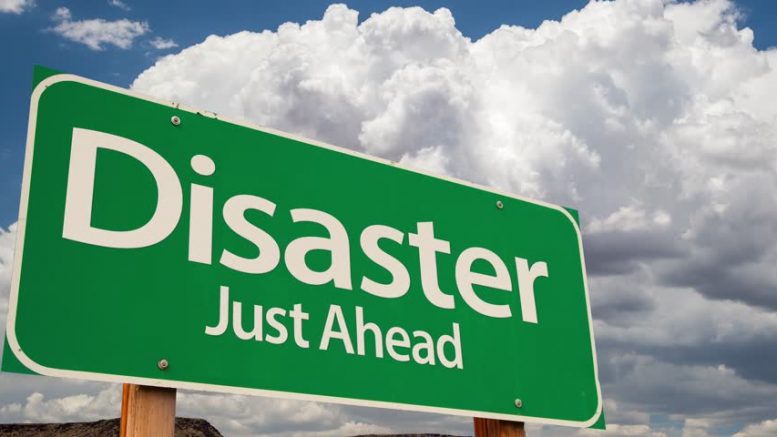Among various aspects of Disaster Management, “communication” is one of the most critical requirement. In the context of disaster management, fail-safe communication is vital during a wide range of actions, from the significant phase of “preparedness” to impart knowledge and information (mass education and public awareness), warning of impending threat of disaster, intimating various resources and authorities, right down to managing the outcomes of the disaster.
There are two distinct facets of communication,
- The physical one. Rapidly developing technologies and the internet have added new dimensions to global and near instantaneous communication, relaying data to influential agents of communication.
- The conceptual one. It is necessary to ensure that recipients of communication understands the contents of the message being conveyed and that the response is adequate from a set operating procedure. This apparently simple requirement carries rides on the humongous effort of thorough knowledge, clarity and conciseness. The originator must realise the capacity and capability of the receiver to appreciate the message and to react correctly. The content has to be specific, brief and couched in language with no ambiguity. In its present concept “communication” transcends the traditional meaning of transmission of message and includes the quality of the message itself.
In the larger context of disaster management, there are two distinct phases:
- Preventive and preparedness to minimise effects,
- Follow up actions to handle the “Aftermath” and make all efforts to mitigate – i.e.. to minimise to reduce eventual losses/damage to Life and Property.
The entire essence of “Communication” is required at its best to ensure significant success of effort during the following phases:
- Preventive Measures – An in-depth study of all probable causes likely to occur and, identifying all likely sources of vulnerability.
- Preparedness – The state of Preparedness is to be reached to maximum efficiency to be effective. In this phase, all resources -their types and strength – are identified and are placed “on call” whenever the situation requires. This phase requires a high degree of dedication and cooperation of all resources and above all a sound system of communication. A sub-rider to preparedness is to be aware and be conscious of all early warning inputs.
- Immediately after a disaster – The prime requirement of this phase is to convey facts without creating any panic. Also, information at this point is time sensitive. The intimation of the occurrence of a disaster is to be given, in accordance to the set procedures of operations. This becomes effective only when there are “Checklists”.
- Aftermath – Once tactical operations and actions are under way, the situation is brought to normal, i.e., the cause of disaster is “contained” or has passed away. This taste is largely the most visible in the public eye and is subject to ruthless audit of actions and words.
While the preceding text will allow you to see parallels in disaster management and corporate communication, it is implied that only correct and efficient communication can
- Prevent the occurrence of a disaster or reduce its impact,
- Reduce vital delays in the aftermath and
- In general decide the success of efforts.
Efficient communication needs skills and techniques of high order. In the various phases of Disaster Management, where every minute and every effort is precious, it is the efficient and flawless communication which ensures the success of the operation. Operational success in responding to an emergency might easily be measured in terms of the number of lives and properties saved. Media images of rescue forces in action during evacuations are evidence to the community, emergency managers and politicians that emergency agency resources are hard at work.
Unfortunately, the effect of communication around the same emergency is hard to measure and such measurement not resourced. This may result in communication teams being starved of resources that can not easily be justified by emergency managers in terms of outcomes. Despite this, debriefing sessions often seem to be dominated by issues surrounding communication with the media and community.
That said, various forms of media and communication tools are not ubiquitous across all demographic segments, and the utility of some communication tools deteriorates in disaster situations where there are extensive power outages or downed cellular service. As emergency responders, utility companies, relief organisations, and governments invest in infrastructure to support post-disaster communications, and as they look to invest in and leverage social media for communications during a disaster, it is imperative to understand how various types of people actually communicate in the wake of a disaster situation and how various communication strategies can best be utilised.



Be the first to comment on "Communications and disaster management"